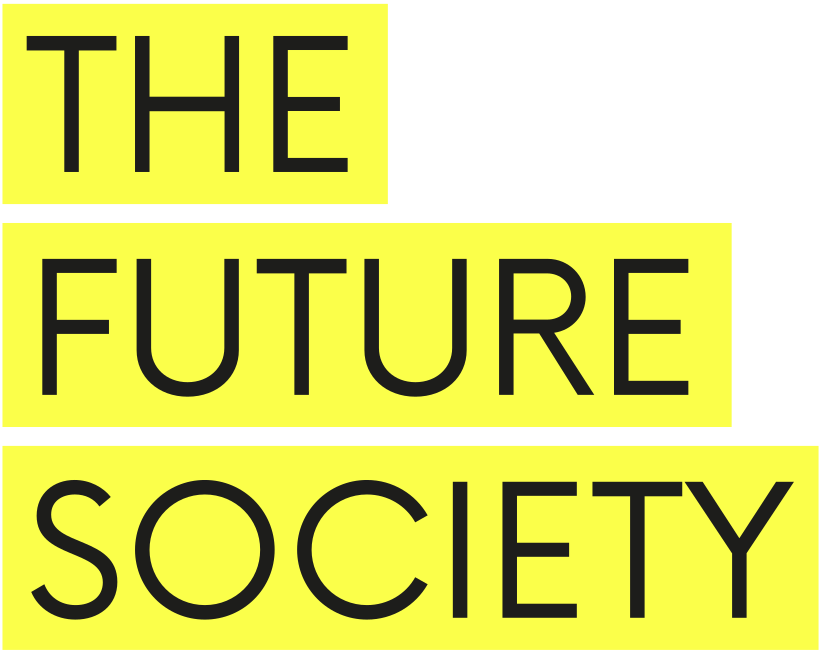Main Insight
Understanding the intersection between Artificial Intelligence and Cybersecurity, with co-author Roman V. Yampolskiy
The Intersection & Governance of Artificial Intelligence and Cybersecurity
May 21, 2020
As individuals, businesses and governments increasingly rely on digital devices and IT, cyber attacks have increased in number, scale and impact and the attack surface for cyber attacks is expanding. First, this paper lists some of the characteristics of the cybersecurity and AI landscape that are relevant to policy and governance. Second, the paper reviews the ways that AI may affect cybersecurity: through vulnerabilities in AI models and by enabling cyber offence and defense. Third, it surveys current governance and policy initiatives at the level of international and multilateral institutions, nation-states, industry and the computer science and engineering communities. Finally, it explores open questions and recommendations relevant to key stakeholders including the public, computing community and policymakers. Some key issues include the extent to which international law applies to cyberspace, how AI will alter the offence-defense balance, boundaries for cyber operations, and how to incentivize vulnerability disclosure.
Yolanda Lannquist, Jia Yuan Loke, Nicolas Miailhe, Cyrus Hodes and Roman V. Yampolskiy authored the paper.
Find the paper on ResearchGate here and on OECD AI Policy Observatory here.
Photo by Michael Dziedzic on Unsplash
